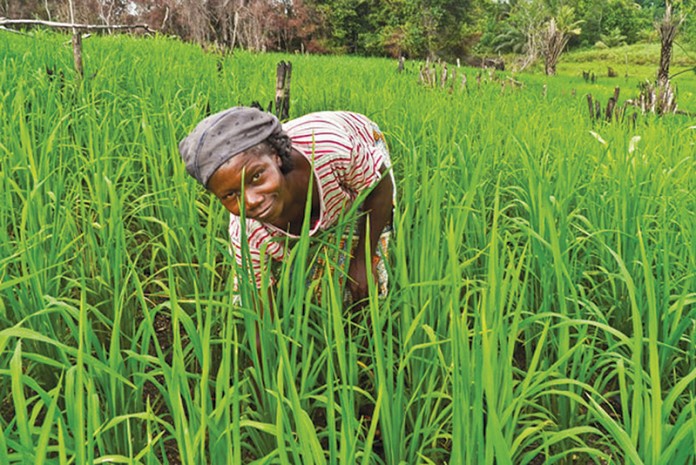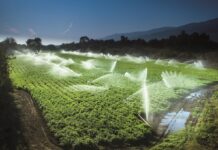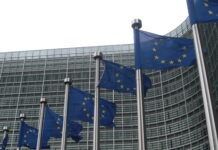
The Netherlands and the Food and Agriculture Organisation of the United Nations (FAO) are expanding their collaboration in the area of water management with a US$7 million donation by the Dutch government to support the use of remote sensing technology in helping water-scarcecountries in the MIddle East and Africa monitor and improve the way they use water for crop production.
“It is very difficult in these regions for the agricultural sector to compete with water demand from other sectors, and therefore water needs to be used in a much more productive way,” said Jippe Hoogeveen, technical officer in FAO’s Land and Water Division. “The FAO considers water scarcity in these areas as the main problem agriculture has to deal with, and has started to develop solutions to improve the way countries cope with problems related to water scarcity.”
The additional donation brings the total budget up to US$10 million for the Dutch-funded project that uses satellite data to find land areas where water use is not translating into optimal agricultural production, identify the source of the problem and recommend different planting and irrigation techniques.
The data tools created under the project, which will be freely available to governments and farmers alike, also aim to help policymakers in taking evidence-based policy decisions.
“The use of remote sensing technologies has the advantage that water productivity can be measured in a neutral and independent way that can be compared among and within countries without depending on reports from the countries,” added Hoogeveen. “The methodology and definitions will be equal in all countries and become available almost immediately.”
A key component of the four-year programme is an updated data portal of interpreted remote sensing satellite images that show the state of cropped areas in near real-time. Based on this information, which incorporates rainfall and crop transpiration data, among other inputs, experts can quickly assess problem areas where water and land productivity are low, meaning these areas use relatively high amounts of scarce natural resources for minimal yield.







